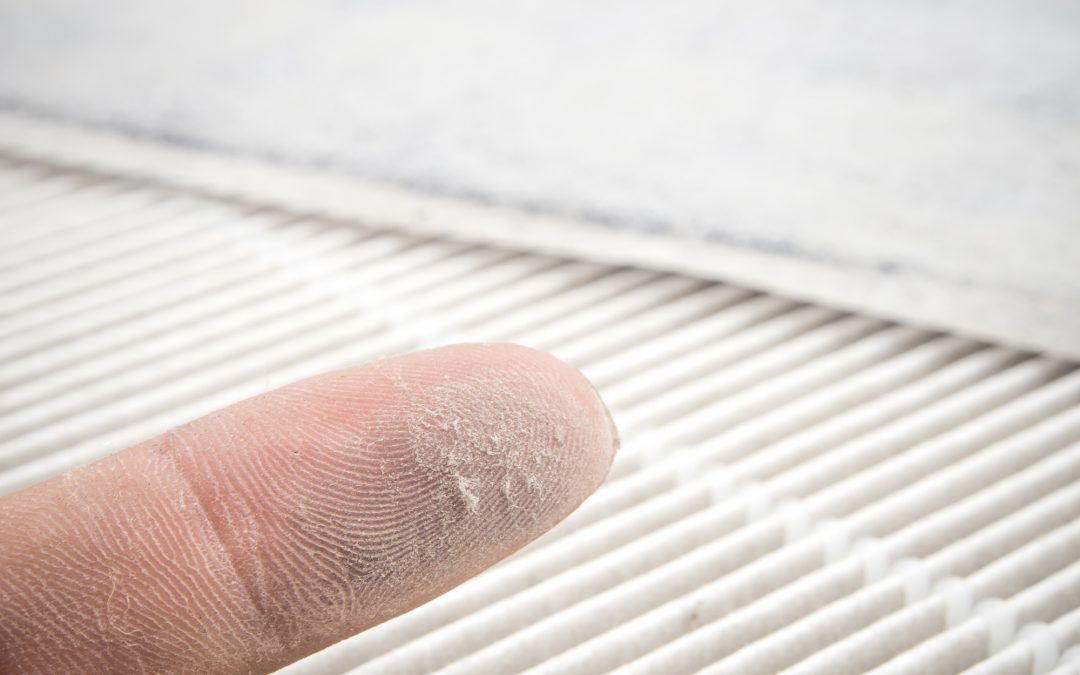What do plastic bottles, mothballs and furniture polish have in common? They can each contain volatile organic compounds (VOCs).
VOCs are chemicals that are 10 times more dangerous inside than they are in open air, especially for young kids.
Mild reactions include headaches and watery eyes. Severe reactions include asthma attacks and cancer.
Here is a list of five of the most common VOCs emissions that may be roaming around your home.
1. Acetone
It’s in nail polish remover so it can’t be on a list of dangerous compounds, right?
Wrong!
Being exposed to even moderate levels of this compound can cause confusion, light-headedness, eye irritation, nausea, headaches and can shorten a woman’s menstrual cycle.
It enters the bloodstream through inhalation. Acetone is found in furniture polish and wallpaper.
Get these VOCs out of your home by buying acetone-free nail polish remover. Also, opt for environmentally friendly furniture polish.
2. Benzene
Benzene is a sweet-smelling clear liquid that is extremely dangerous to your health. It is found in various household products such as paint, carpeting, glue and gasoline, and car exhausts.
Benzene is highly flammable. It can cause cancer, including leukemia.
There are many Benzene-free paint and glue options on the market.
3. Ethanol
Ethanol is found in a large list of household cleaners such as dishwashing liquids, window cleaners, and laundry detergents.
If you aren’t able to completely banish these VOCs emissions, make sure you always have good airflow in the room when you use these products.
Open windows or invest in an air-filtration system to absorb these organic compounds in your home.
4. Formaldehyde
Formaldehyde is a strong-smelling chemical that can cause allergic reactions and even cancer.
This VOC is found in many items around your home such as disinfectants and preservatives and many types of glue. You may smell it in new furniture or paneling or pressed-wood products.
If possible, store furniture and building supplies for a few weeks before you bring them into your home. This will give the furniture time to release the gasses.
If you can’t do this, make sure to keep the doors open and open windows and use fans in your home for a couple of weeks.
5. Methylene Chloride
This VOC is also known as dichloromethane. It is found in various aerosol cans such as hair spray, spray paint, and degreasers.
Methylene chloride is a clear liquid that has a sweet smell. Research has linked this VOC to cancer, eye, skin, and respiratory problems as well as liver problems.
Check the label of any aerosol cans in your home and garage and get rid of them.
Do You Have VOCs in Your Home?
We hope you found this guide on five common household VOCs useful. Your air quality at home impacts your family’s health. so find out if you have VOCs in your home.
Schedule your home allergen test today. We can detect unusual levels of dust mites, cat dander, dog dander, cockroach parts, and rodents.

